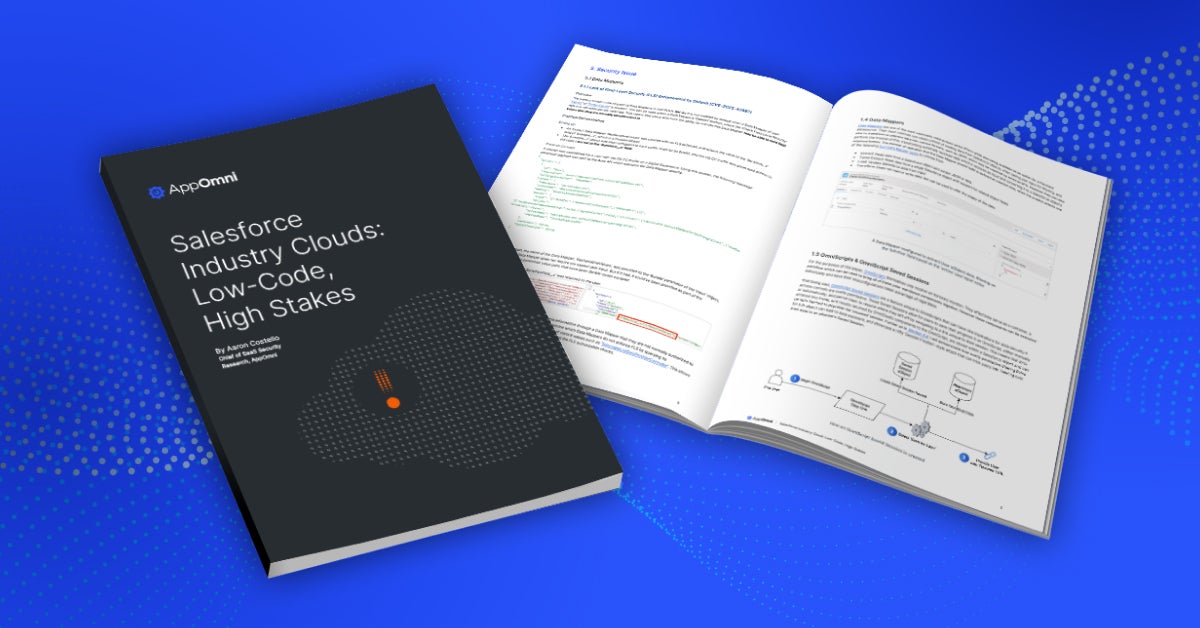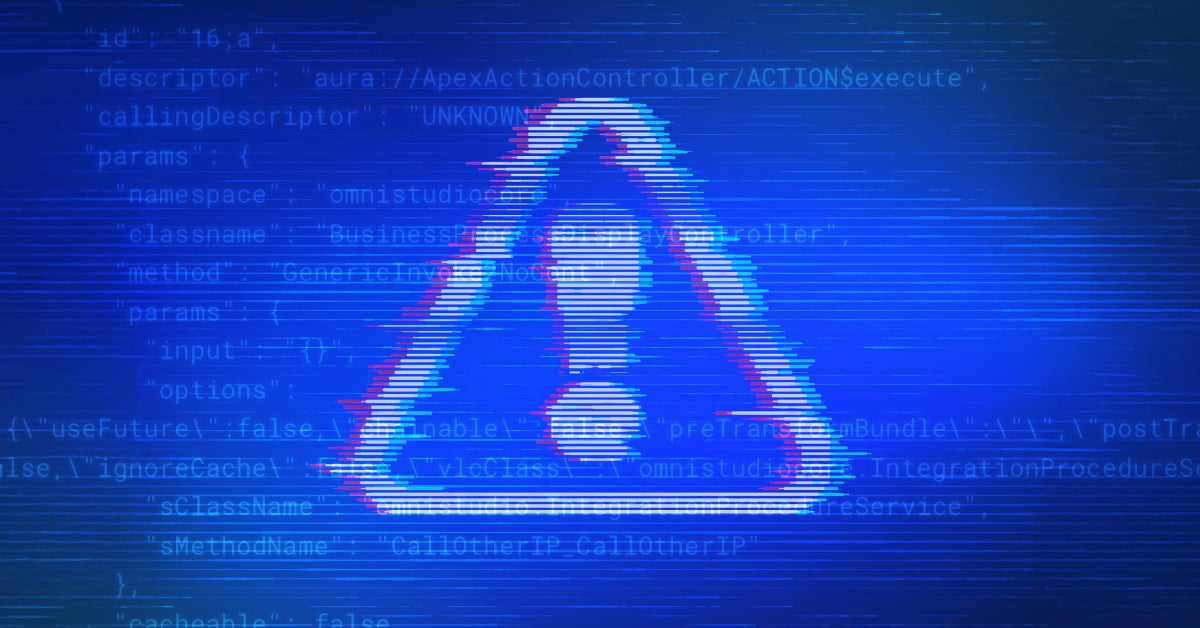Enable teams across the business to remediate SaaS security findings
As the leader in SaaS security, AppOmni understands the importance of continuous innovation and product enhancements that drive business and security outcomes.
Given the high degree of complexity associated with SaaS, striving to enable proactive and timely security management of the SaaS estate is essential. This becomes especially pertinent in large enterprises with as many as 500 to 1,000 apps commonly deployed.
Our latest product updates for April 2023 improve SaaS security alerts and event remediation workflows by enabling a distributed remediation model. This approach allows for the delegation of remediation workflows by SaaS app and by alert to application and business owners.
AppOmni’s Support for a Distributed Remediation Model
This product update builds upon the successful operationalization our customers have achieved, and it enables a more fluid alignment with application owners and business technology centers of excellence (COEs). The update supports the distribution of remediation responsibilities by application to dedicated application security owners, enabling them to move the risk remediation and acceptance responsibility to the business.
Shifting to a decentralized remediation operating model is essential for scaling a SaaS security program and ensuring timely remediation of critical and high security alerts. This helps to further remove any bottlenecks that are often encountered in centralized SecOps operational models.
The distributed remediation model is taken a step further by also enabling granular distribution of remediation by specific event and specific end-user for investigation and/or remediation.
In addition, the assignment of findings or tasks also inherits the access permissions of AppOmni’s extensive role-based access controls (RBAC). In large enterprise deployments, scaling the remediation effort across multiple business units and individuals requires that SecOps responders see only the security issues that they are, in fact, entitled to see.
Supporting both a distributed and appropriately user restrictive remediation model is key to facilitating a successful operational SaaS security program.

These enhancements become especially important in large enterprises where hundreds of apps are deployed, and where many of these apps generate thousands of security event findings.
Furthermore we understand the importance of developing product enhancements that address the human side of technology. In this regard, every effort should be taken to lighten the burden on SecOps teams. These product enhancements do just that, improving SaaS security remediation efficiencies while also reducing the risk of burnout.
Why Distributed Remediation Workflows Matter
The centralized model for SecOps event and incident management is one of the leading contributing causes to a lag in resolving security events. Mounting unresolved alerts result in alert fatigue, a problem that many security teams face daily. It’s also one of the leading causes for burnout from overwhelmed security teams. This inefficiency results in poor business outcomes and increases the risk of a breach, with a sea of unaddressed alerts having the potential to become security incidents.
Our Commitment to Cyber Resilience
The importance of continuous product innovation is a core philosophy and value at AppOmni. We not only design and build for quality but also focus on the human side of technology. We are keenly aware of the importance of improving SaaS SecOps workflows and their relationship to improving the productivity of security teams and the cyber resilience of organizations.
By adopting a distributed remediation operating model, now enabled in the AppOmni SaaS Security Platform, security teams can effectively mitigate the dangers posed by alert fatigue, reducing risk of burnout while improving security outcomes.
Related Resources
-

How to Investigate Suspicious User Activity Across Multiple SaaS Applications
Discover practical strategies security teams can use to investigate suspicious activity across SaaS apps, reduce alert noise, and respond to real threats faster.
-

New Research on Salesforce Industry Clouds: 0-days, Insecure Defaults, and Exploitable Misconfigurations
AppOmni’s latest research reveals 20+ OmniStudio security flaws, including 5 CVEs affecting Salesforce industry clouds. Learn how misconfigurations expose sensitive data and how to secure your org.
-

Low-Code, High Stakes: Why Security Can’t Be an Afterthought for Customers Using Salesforce Industry Clouds
New research reveals critical security flaws in Salesforce industry clouds. Discover the risks and how to protect your organization now.
 New research drives security enhancements for Salesforce industry clouds
New research drives security enhancements for Salesforce industry clouds